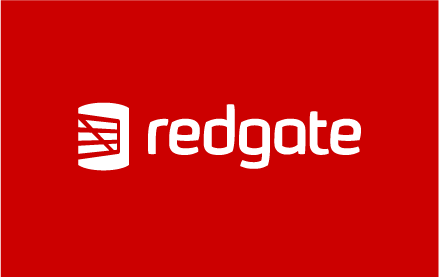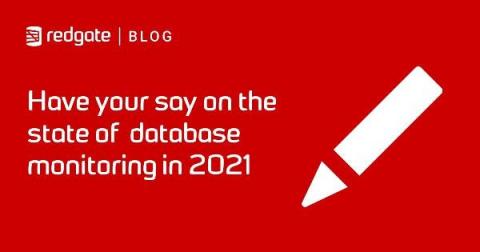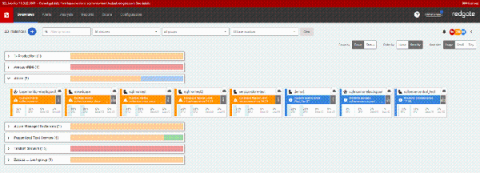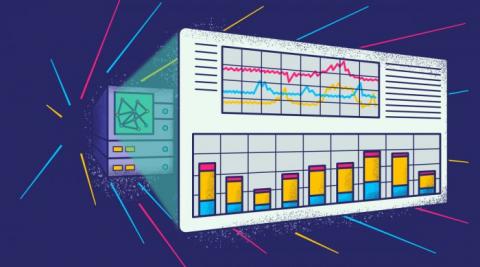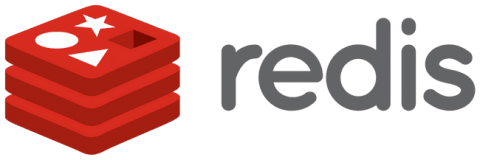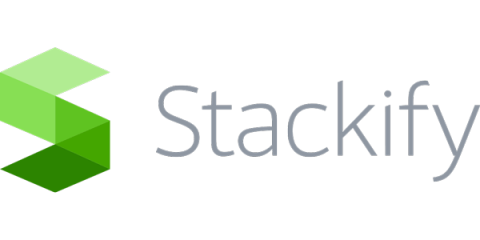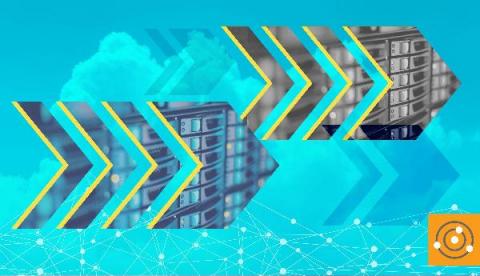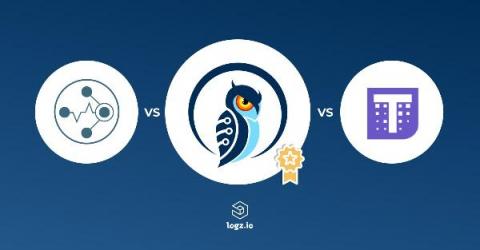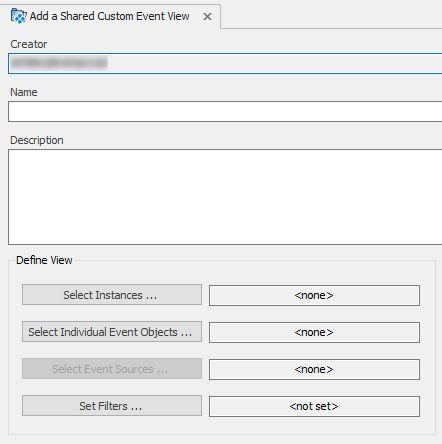Operations | Monitoring | ITSM | DevOps | Cloud
Latest News
Have your say on the state of database monitoring in 2021
Monitor your SQL Server databases in the cloud and on-premises with one monitoring tool
Using NoSQL Databases as Backend Storage for Grafana
Grafana is a popular way of monitoring and analysing data. You can use it to build dashboards for visualizing, analyzing, querying, and alerting on data when it meets certain conditions. In this post, we’ll look at an overview of integrating data sources with Grafana for visualizations and analysis, connecting NoSQL systems to Grafana as data sources, and look at an in-depth example of connecting MongoDB as a Grafana data source.
How to monitor Redis with Bleemeo?
This article describes how to monitor a (cluster of) redis server. Bleemeo will detects automatically the redis server (it can runs in a Docker container or directly on the host) and create automatically a service dashboard. This article will also covers creating a custom dashboard with additional metrics.
SQL Server Problems? Try These Tips First
How to Optimize Server Performance
Optimizing server performance is important in supporting end-user requirements. Using server optimization, actively monitor: Web server monitoring and optimization helps you to troubleshoot bottlenecks as they emerge and optimize server performance. In this post, we will discuss how to optimize performance and why it is important.
Key Challenges of Database Cloud Migration
Why We Chose the M3DB Data Store for Logz.io Prometheus-as-a-Service
Logz.io is focused on creating the best observability service to manage the scale of monitoring, add value on top of AI/ML technologies, and enhance enterprise security. Metrics is one of the pillars of Logz.io, and our Prometheus-as-a-Service offering. It has been a crucial part of our platform goals, but if we turn the clocks back a year, our service only used the open-source Elasticsearch database (ES).


